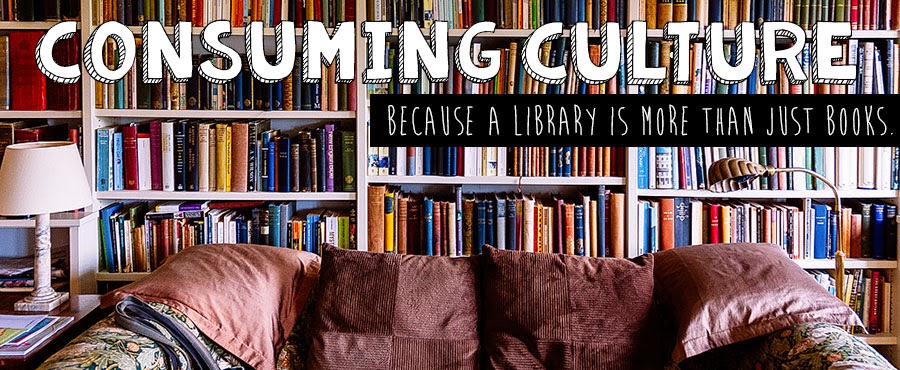 I never really liked goats. They seemed like silly animals with heads much smaller than they probably should be, making noises that sounded more obnoxious than cute. Why would anyone choose a goat over a cow or a sheep? In college, I never met anyone who herded goats. Or if they did, they never mentioned them to me. Thus, I didn’t have an interest in goat milk or goat cheese. The stuff cows produced was fine enough.
I never really liked goats. They seemed like silly animals with heads much smaller than they probably should be, making noises that sounded more obnoxious than cute. Why would anyone choose a goat over a cow or a sheep? In college, I never met anyone who herded goats. Or if they did, they never mentioned them to me. Thus, I didn’t have an interest in goat milk or goat cheese. The stuff cows produced was fine enough.So novelist Brad Kessler’s new book Goat Song came as a surprise to me – a surprise in that I became fascinated in the world of goat herding and goat cheeses. Kessler details his two-year journey, starting when he and his wife decide to buy a house in farmland Vermont and purchase two goats to start milking and creating their own artisanal cheeses.
The narrative is as simple as that. It never assumes to be anything other than it is: one man’s experience raising goats for the first time and the problems and pleasures they cause. Although Kessler is a novice, he comes across as being well prepared: he lists all the books he’s read before embarking on this project; he quickly makes friends with his neighbours and other experts so that when an issue comes up it’s quickly remedied.
In addition to his reflections, Kessler also allows us to read his daily dairy journal, where we get instant knowledge of what he was feeling, how frustrating it is when a goat decides to kick the milk bucket, ruining all the milk contained inside, how drinking goat’s milk may be much more healthy than cow’s milk, and how easy it really is to make a chèvre (and why fresh, unpasteurized milk is best – although illegal to use if you decide to sell the cheese). He informs the reader on if you want to sell your goat kids that grew up together, it’s best to sell them together since they may become social outcasts at a different farm where goats have already created a community. He also discusses a great deal of etymology, linking goats and Greek and common English words together: from the obvious word tragedy to the concept of Pan to the fantastic idea of transhumance. Everything seems so linked, and Kessler’s connections don’t seem out of place or make the reader make huge leaps of faith. We’re in good hands here.
At the end of the narrative, I kind of wanted to have my own farm so that I could raise goats. The road to the pastoral is made to be relatively fascinating, although perhaps he makes it too simple, especially when you compare it to the experiences that Michael Pollan and Barbara Kingsolver recently documented in their ever-so-successful New York Times bestseller treatises. Regardless it is a sound memoir that allows the reader to connect to an animal that normally plays second fiddle to the cow.






